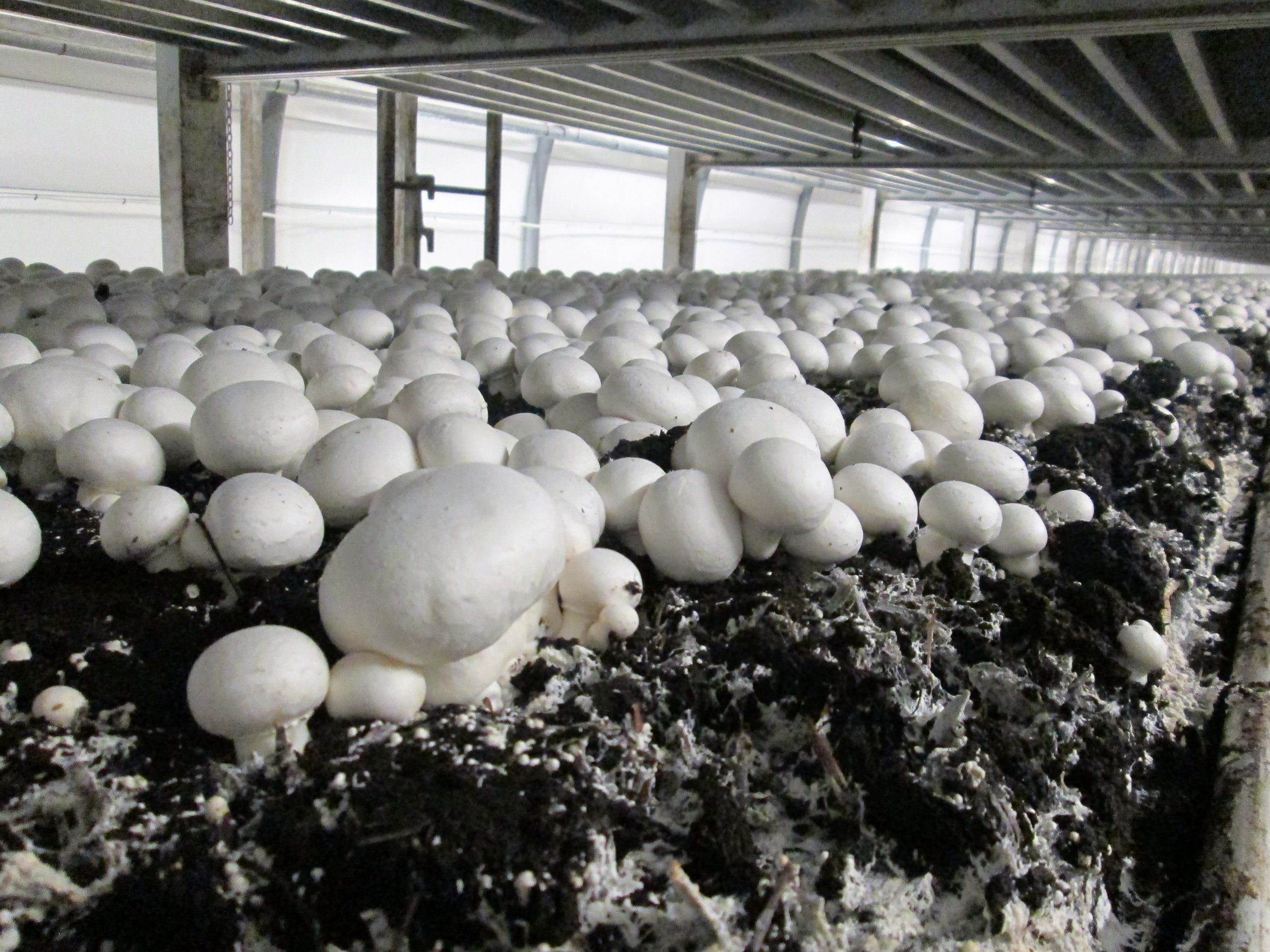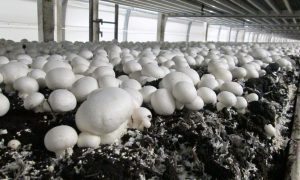Latest News
Secrets on how to rake in millions from mushroom farming in Nigeria

While the government (of Nigeria) and individuals alike are beginning to realize the importance and economic viability of agriculture, one area that is still constantly being snubbed is mushroom farming which is worth millions of dollars in the global food market and can create up to five million jobs for youths, IDOMA VOICE observed.
Mushroom cultivation in Europe and Asia (particularly India and China) is growing gradually as an alternative source of income for many people. But, in Africa, particularly Nigeria, it is still allowed to grow like weed in the wild instead of being properly cultivated and harvested for food and commercial purposes.

One of the beauties of growing mushroom varieties instead of wild-harvesting them like it’s done in Nigeria, is that you can be sure you’re not picking a poisonous mushroom.
WHAT IS MUSHROOM
A mushroom or toadstool is the fleshy, spore-bearing fruiting body of a fungus, typically produced above ground, on soil, or on its food source (Wikipedia).
In Nigeria, it is seem an essential vegetable, which regularly grows in the forest with medicinal value.
They’re fat-free, low in calories, and filled with vitamins, antioxidants, and other nutrients (they can even help keep your brain healthy).
The antioxidant content in mushrooms may help prevent lung, prostate, breast, and other types of cancer, according to the American National Cancer Institute.
WHERE IS BEST SUITABLE FOR GROWING MUSHROOMS
Mushrooms are fairly easy to grow. An oyster mushroom takes about six weeks from start to harvest.
Nigeria is abundantly blessed with the dark loamy soil that is best suitable for mushrooms cultivation.
Mushrooms are easy to grow indoors, especially because they don’t require light. Cremini, enoki, maitake, portobello, oyster, shiitake, and white button mushrooms can all be grown indoors, but each type has specific growing needs. For example, white button mushrooms need to be grown on composted manure, shiitakes on wood or hardwood sawdust, and oyster mushrooms on straw.
Mushrooms can also be grown in a garden; they can tolerate some light, but the spot you choose should stay mostly dark or in low light: cool, and humid environments.
Most mushrooms grow best in temperatures between 55 and 60°F.

HOW TO GROW MUSHROOMS
Growing mushrooms in a generally hot place like Nigeria, can be quite challenging. But, farmers who are determined to enjoy this new found agri-money can follow the step-by-step process and be rest assure of a good harvest considering the fact that Nigeria has some swampy and cool temperate areas too, and artificial weather condition can be created through indoor farmings.
If you’re growing mushrooms indoors, there are a couple of options for materials you can use for planting. You can buy a mushroom grow kit already packed with a growing medium that’s inoculated with mushroom spawn. Mushroom growing kits are a good place to start if you’re new to the process because a kit will provide everything you need. If you start without a kit, the type of mushroom you choose to grow determines the substrate you grow the mushrooms on, so it’s important to research each mushroom’s needs. Button mushrooms are one of the easiest types to grow if you need a starting point!
If you’ve organic mushroom farm grow kit, here are the steps to grow your mushrooms as recommended by America’s Better Homes & Gardens;
Step 1: Fill Trays With Compost
Use 14×16-inch trays about six inches deep that resemble seed flats. Fill the trays with the mushroom compost material and sprinkle spawn on top.
Step 2: Use a Heating Pad
Use a heating pad to raise the soil temperature to around 70°F for about three weeks or until you see the mycelium (white, threadlike growths). At this point, drop the temperature to 55 to 60°F. Cover the spawn with an inch or so of potting soil.

Step 3: Keep Soil Moist
Keep the soil moist by spritzing it with water and covering it with a damp cloth, making sure that you keep spritzing the cloth as it dries.
Step 4: Harvest Mushrooms
Button mushrooms should appear within three to four weeks. Harvest them when the caps open and the stalk can be cut with a sharp knife from the stem. Avoid pulling up the mushrooms, or you risk damage to surrounding fungi that are still developing. Harvesting every day should result in a continuous crop for about six months.
HOW ECONOMICALLY VIABLE IS MUSHROOM FARMING
Mushroom farming is one of the most profitable agri-business that you can start with a low investment and less space.
It is cheaper to set up a mushroom farm because it requires little space to grow and can be started with N15,000 to N50,000 depending on how big you want your mushroom farm to be.
As earlier stated mushroom farming is multi-million dollar venture.
Oyster mushrooms take less than 40 days to mature and a plot of farm with 1,000 bags platforms can give potential investors as much as 2 tonnes of produce and each kilogramme goes for an average price of N2,000 and this can translate to as much as N4 million in sales revenue.
Mushrooms can be used for pizzas, pastas, appetizers and more.
They are highly demanded in the food market and usually recommended by doctors and nutritionists.
Because of its rich nature, mushroom is one of the most sought after vegetables by most hotels and restaurants where it’s use as a delicious addition to local meals and intercontinental dishes.
Although, due to the lack of standard statistic management in Nigeria, the percentage of the consumption or demand of mushroom in the country cannot be holistically established, but an average of 9 out of every 10 Nigerians eat mushrooms (the lack of consumption is due to the fact that the vegetable is not in the market as very few people are into the farming of this highly profitable produce).
The National Farmers Information Service (NAFIS), have shown that Nigeria produces 300 tonnes of mushrooms per year against a demand of 1,200 tonnes.
No doubt, the produce will enjoy massive patronage if made available in the market as it is of important nutritional, health and cultural value to most Nigerians.

• Export
Mushrooms can be dried and exported as a cash crop to key mushroom markets like the United States, India, United Kingdom etc.
The Nigerian government can also take advantage of this and buy the produce or partner with mushroom farmers to make it a foreign exchange earner especially now that it is trying to diversified the economy from an oil-dependent one.
Mushrooms can also contribute to the national GDP.
A 2015 report by the Agricultural Marketing Resource Center showed that each person in the United States consumed, on average, around 3 pounds of mushrooms.
In 2019, a pound of mushroom sold for $6 in the United States.
No doubt, both the Nigerian government and farmers/investors will make millions of dollars from exporting mushroom













